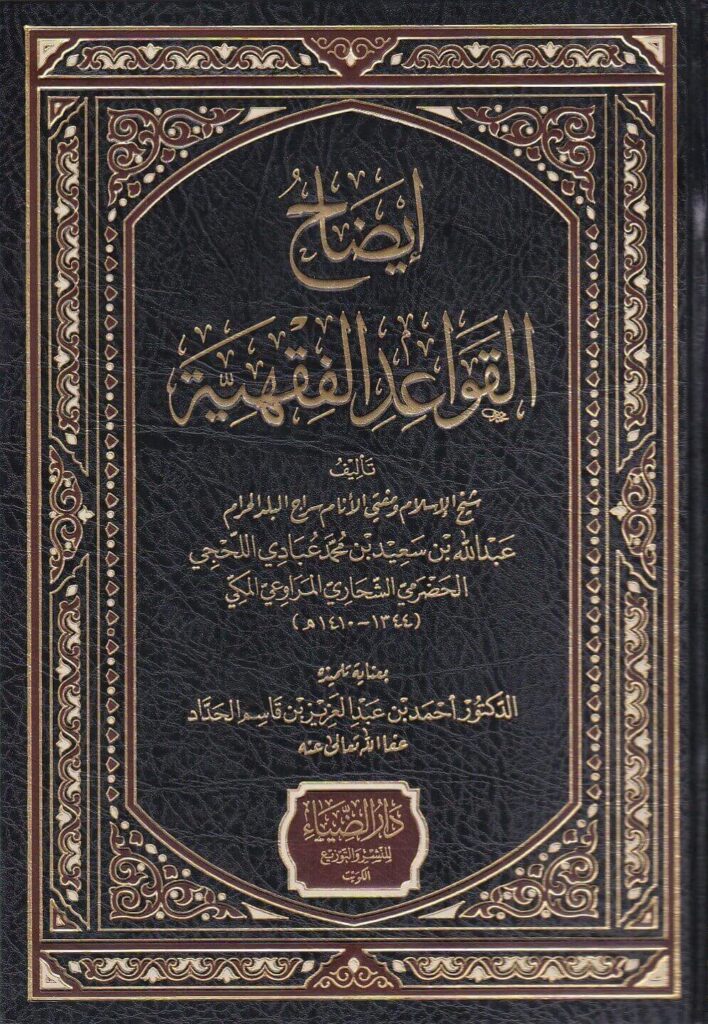Third Year
ʿUlūm al-Qurʾān (Quranic Sciences)
The main purpose of the Qurʾān’s revelation was mankind’s guidance. In the process of this trip to guidance, the Qurʾān delineates many scientific disciplines that the earliest scholars took heed of. These disciplines are known as ʿUlūm al-Qurʾān. The course at hand provides the students with a thorough command of these disciplines, as well as giving them their first glimpses at the phenomenon known as Orientalism, and how, if at all, it has affected our study of the Qurʾān.
The objectives of this course are to:
- impart to students a comprehension of the Quranic sciences.
- understand the Qurʾān, how it was revealed and preserved by the Prophet Muḥammad (Peace be upon Him), the Companions (Allah be pleased with them) and the succeeding generations.
- To discover challenges and allegations thrown at the Qurʾān, and provide answers to those challenges.
Course Material
Manāhil al-ʿIrfān
by Muḥammad ʿAbd al-Aẓīm al-Zurqānī (d. 1367 AH)
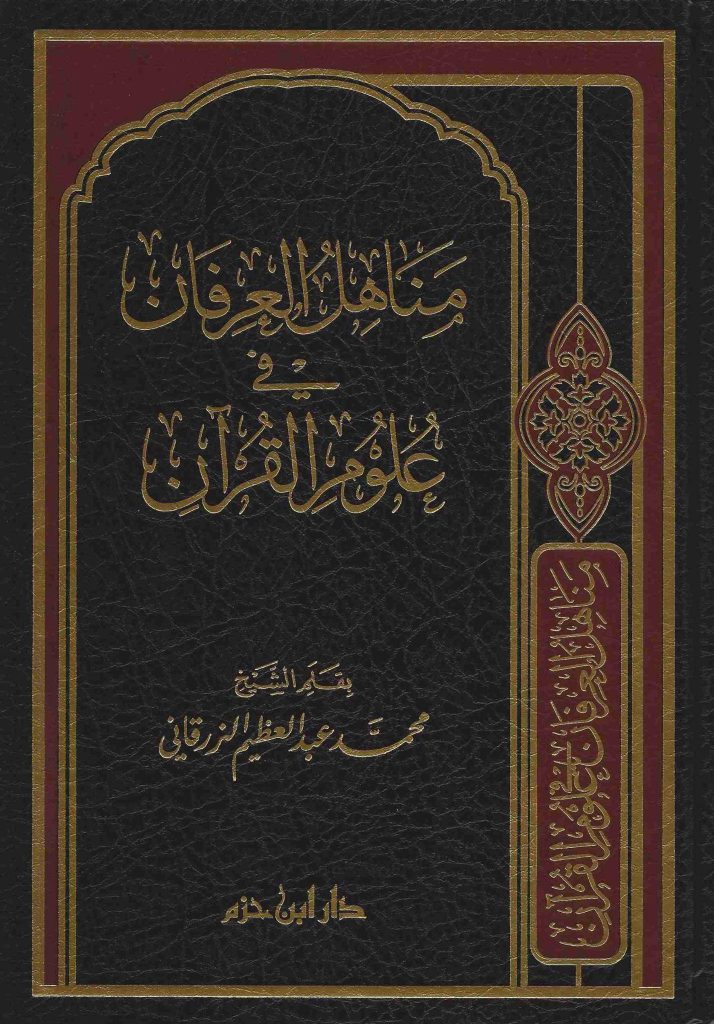
Tafsīr (Quranic Exegesis)
Tafsīr al-Jalālayn is studied to facilitate the students’ first steps into the world of exegesis. This is probably the most widely acclaimed exegetical work in the Islamic world, due in no small part to its succinct, lucid style. Covering selected portions of this handbook serves as a catalyst for further exploration into the intricacies of the Quran, a gift that keeps on giving.
Course Material
Tafsīr al-Jalālayn
by Abū ʿAbd Allāh Muḥammad b. Shihāb al-Dīn Jalāl al-Dīn al-Maḥallī (791 – 864 AH)
and Jalāl al-Dīn Abu al-Faḍl ʿAbd al-Raḥmān b. Abī Bakr Al-Suyūṭī (849 – 911 AH)
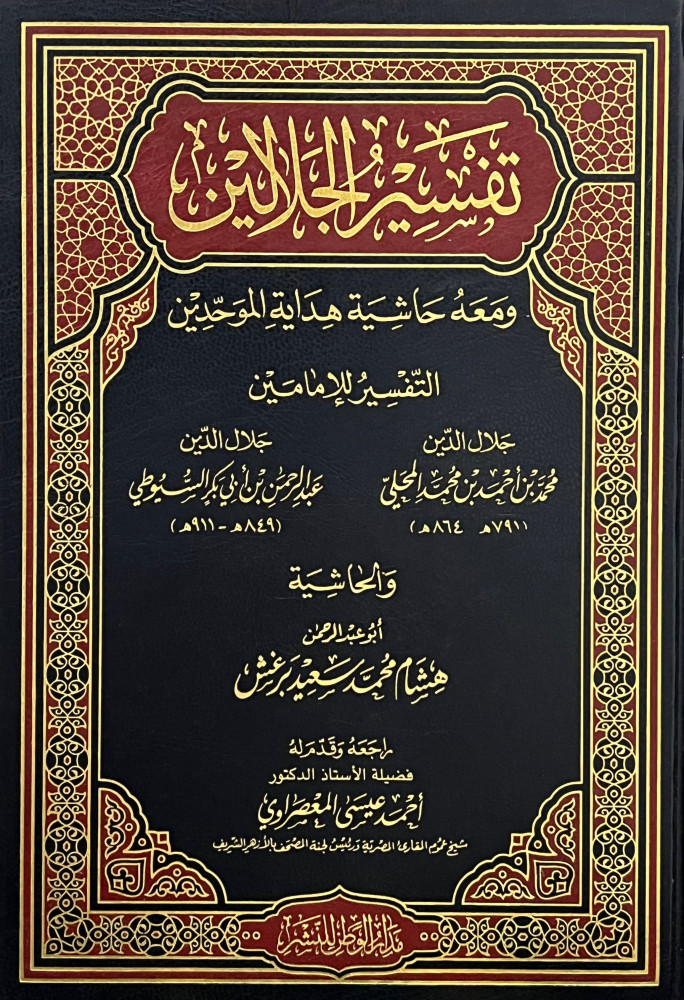
ʿUlūm al-Ḥadīth (Ḥadīth Sciences)
With a mostly skeletal overview of Ḥadīth Methodology (Muṣṭalaḥ al-Ḥadīth) brought over from the second year, an in-depth review of this more detailed contemporary work further serves to develop the students of ḥadīth in the third year. This work provides the students an overview of the gradual maturation of ḥadīth and its related sciences, as well as a thorough analysis of the primary concepts thereof.
The objectives of this course are to:
- have an overview of ḥadīth’s development and preservation from its inception to the present.
- master the ḥadīth nomenclatures developed by ḥadīth scholars and critics.
- attain knowledge critical to initiate the avid ḥadīth student into this fundamental science of Sharī‘ah.
Course Material
Manhaj al-Naqd fī ʿUlūm al-Ḥadīth
by Al-Ḥasanī Nūr al-Dīn ʿItr (1356 – 1442 AH)
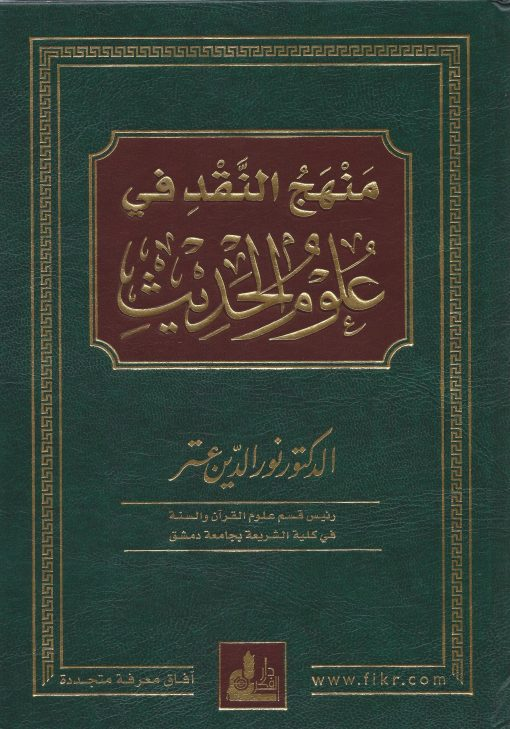
Ḥadīth
The students’ first introduction to the primary sources of ḥadīth comes in the form of a detailed study into one of the six canonical compilations (al-Ṣiḥāḥ al-Sittah). The reading of this work provides an opportunity for the students to be exposed, practically, to concepts they only theoretically understood previously from ‘Ulūm al-Ḥadīth.
Another key aspect is that the students experience first-hand the chains of transmission (isnād), the transmitters (ruwāt) of ḥadīth, and the art of narrator criticism (al-Jarḥ wa al-Ta‘dīl). Additionally, the students are equipped to access works of biography (Tārīkh al-Rijāl), through the world-renowned, Taqrīb al-Tahdhīb, penned by the erudite ḥadīth scholar (muḥaddith), Ibn Ḥajar al-‘Asqalānī. This study format lays the foundation for a well-rounded muḥaddith, one capable of independently scrutinizing both the chain of transmission (sanad), and textual content (matn) of a ḥadīth.
The objectives of this course are to:
- institute the practice of reading the primary sources of ḥadīth.
- have the students solidify their theoretical knowledge by bringing it into play.
- familiarise the students with the major transmitters of ḥadīth.
- understand how the ḥadīth critics (nuqqād) reached their respective conclusions in either acceptance or rejection of ḥadīth.
- introduce the students to the biographical works extant in the corpus of ‘Ulūm al-Ḥadīth.
Course Material
Sunan al-Tirmidhī
by Abū ʿĪsā Muḥammad b. ʿĪsā al-Tirmidhī (210 – 279 AH)
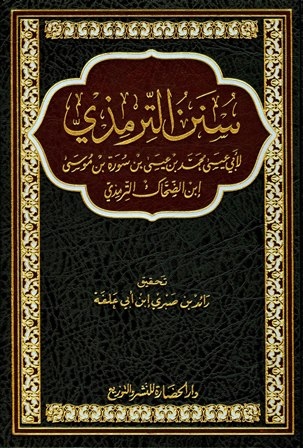
Taqrīb al-Tahdhīb
by Al-ʿAsqalānī Shihāb al-Dīn Aḥmad b. ʿAliyy b. Ḥajar (784 – 852 AH)
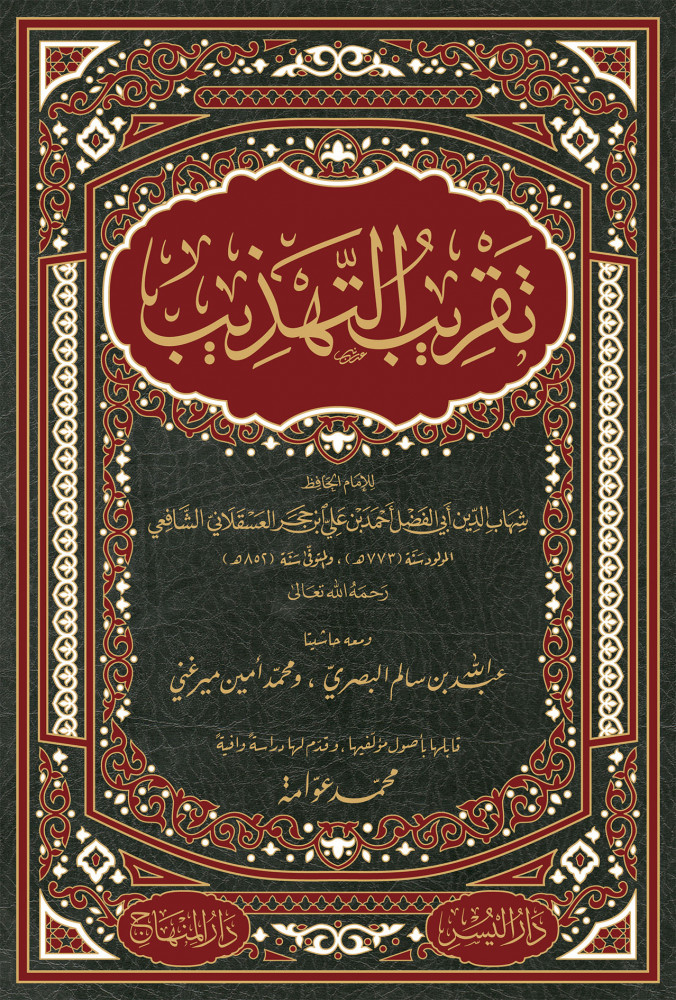
Uṣūl al-Fiqh (Islamic Legal Theory)
This course primarily focuses on enlightening the students as to the process of deriving laws from their appropriate sources. The material selected provides students with a well-rounded grasp of Uṣūl al-Fiqh. The course, in tandem with the instructor’s guidance, concentrates on the essential principles of the subject, providing unique and unprecedented examples of laws derived using those very principles. The course will also include a historical study of the subject, especially the points of departure for various schools thereof.
The sole objective of this course is to provide the students with sufficient theoretical knowledge, along with a practical command of the science to better navigate and appreciate the workings of Fiqh.
Course Material
Al-Wajīz fī Uṣūl al-Tashrī‘ al-Islāmī (Primary Course Material)
by Muḥammad Ḥasan Hītū (b. 1369 AH – Present)
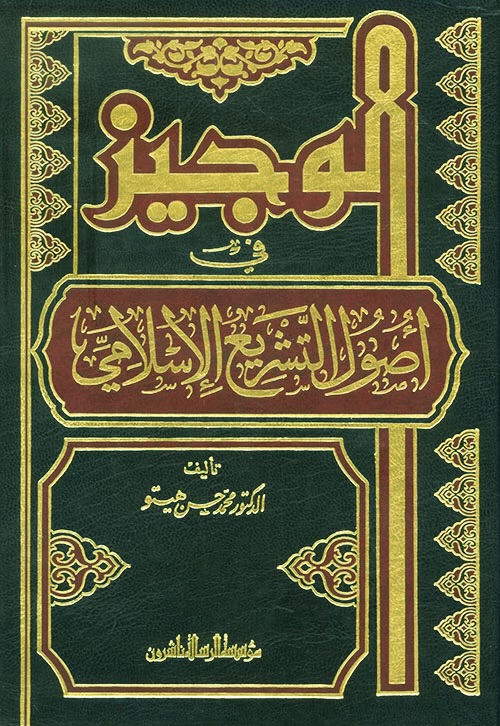
Al-Lubāb fī ʿUṣūl al-Fiqh (Secondary Course Material)
by Dāwūdī Ṣafwān b. Adnān (1380 AH – present)
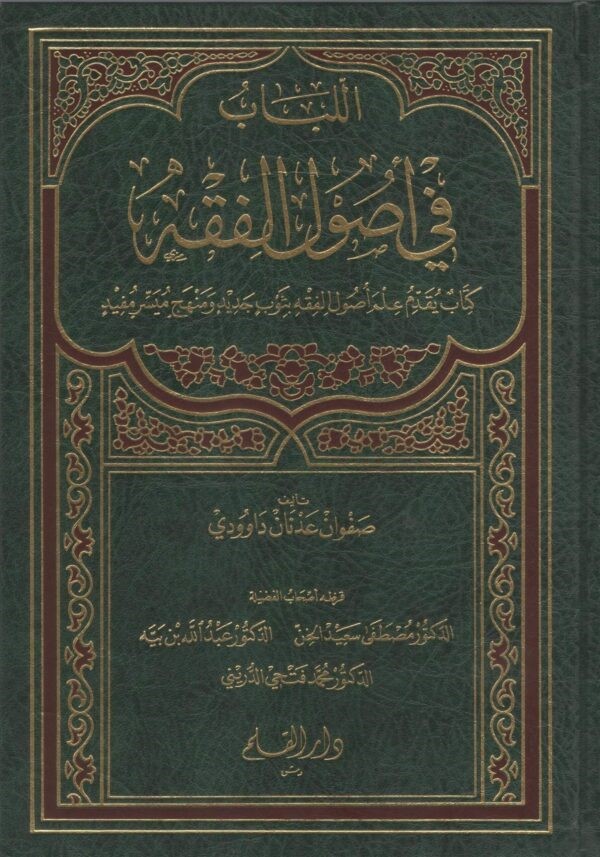
Fiqh (Substantive Islamic Law)
Our institute prides itself on its dedication to preserving the Shāfiʿī legacy. This work, the authors’ magnum opus, is to be taught over three years, providing the students with an excellent vantage point from which to study the madhhab, telling the story of its evolution, from inception to crystallization. As part of the study, students are imbued with biographical information about our scholars: their lives, works, pupils, and teachers, where their cogs fit within the growing machine that is the madhhab, in addition to the requisites for issuing legal counsel (fatwā). We aim to cover as much of the book as is required to nurture a juristic instinct within the students. In this way, they are amply equipped to deal with legal problems using the framework of the Shāfiʿī madhhab.
The objectives of this course are to:
- build the students’ understanding toward the evolution and inner workings of the Shāfiʿī school of thought.
- provide them with the necessary tools that help them navigate the classical works of the school.
- equip them with the skills to properly digest and contextualise modern-day issues that require an Islamic solution.
Course Material
Mughni al-Muḥtāj ilā Maʿrifat Maʿānī Alfāẓ al-Minhāj
by Muḥammad al-Khaṭīb al-Shirbīnī (d. 977 H)
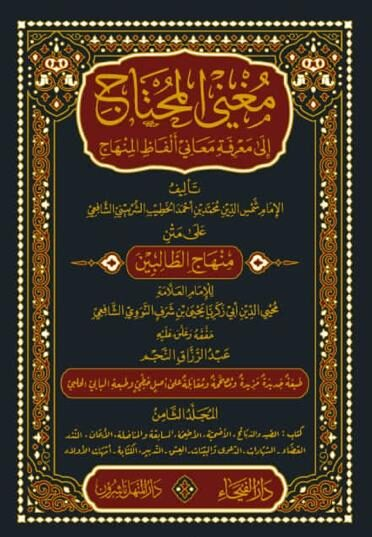
Īḍāḥ al-Qawāʿid al-Fiqhiyyah
by ʿAbdullāh b. Saʿīd al-Laḥjī (1344 – 1410 AH)
